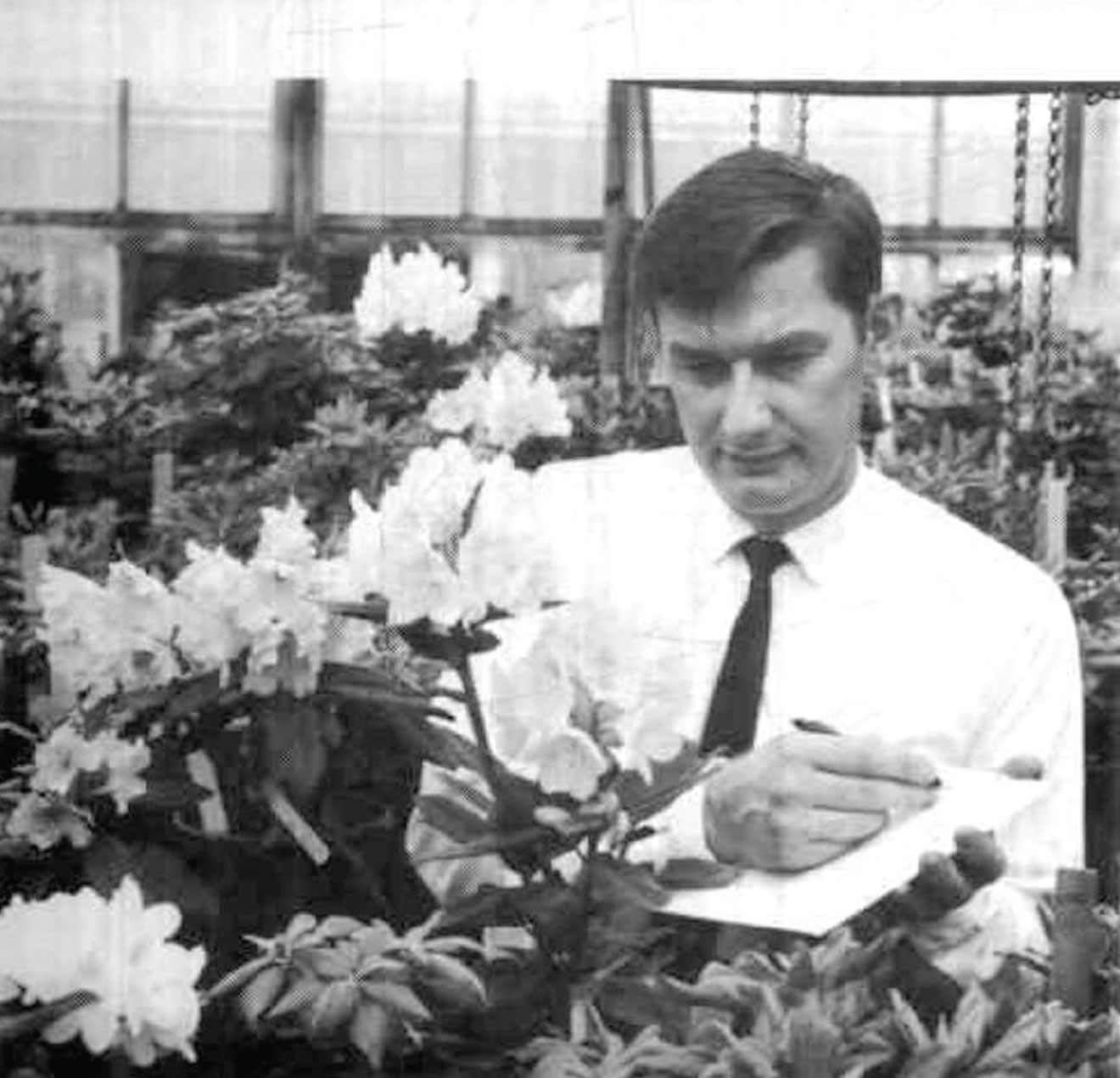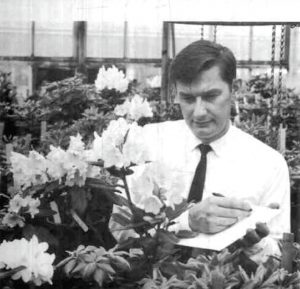“The Man Who Discovered The ‘Divine Materials’ In Compost”
BioCycle July 2019
Harry Hoitink, who long-time BioCycle contributor Gene Logsdon referred to as “The Man Who Discovered The ‘Divine Materials’ In Compost,” started his career in 1967 in plant pathology/environmental sciences at The Ohio State University. Recalls Hoitink in a one-page biography, “I was fortunate enough to become one of the early scientists to develop the field of solid waste recycling through composting. Much of my career focused on biological treatment for control of plant diseases with composts.
Although folklore says that ‘healthy soils raise healthy plants’, the mechanisms by which nature regulates this phenomenon had remained a mystery. …. Today we recognize soil microorganisms responsible for this effect and the role of organic matter in their sustenance as well as plant genes that regulate expression of this natural form of disease resistance.”
In his tribute, Logsdon noted that the research led by Hoitink proved that “properly composted organic matter” was “not just a great soil amendment, but could actually suppress harmful pathogens in the soil and control fungal diseases more effectively and at less cost than toxic fumigants. …. The disease-suppressive material in compost also controlled harmful soil nematodes that previously were kept in check with chemicals that can leach into groundwater and drinking water and thus cause health hazards.”
Continued Logsdon: “That was the first line of accomplishment. Starting about 1990, the second got underway.” Noted Hoitink, “We began to see that the effects of properly cured and aged composts could be more far-reaching than just sanitizing the soil safely. As we identified one beneficial strain of soil microbe after another, it was apparent that some of them could induce systemic resistance to diseases in the plants themselves. The resistance actually travels up from the roots to the tops of the plants to stop infections before they get serious.”
— Nora Goldstein, BioCycle
Continue reading















